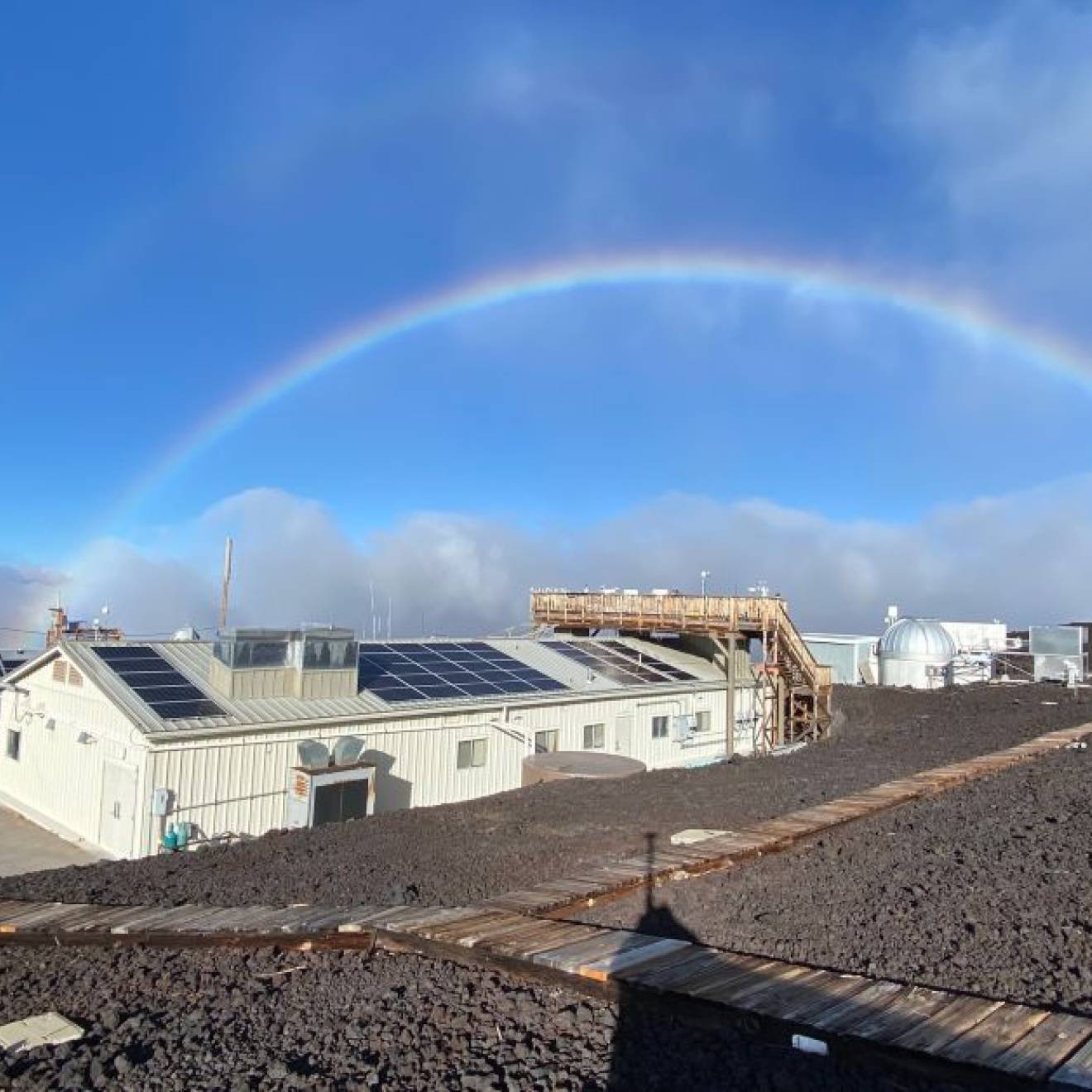Lawrence Berkeley Lab
You might think streaming video might be a greener way to enjoy a movie than driving to the video store for a rental. You'd be right, but don't pat yourself on the back yet.
Researchers at Lawrence Berkeley National Laboratory (Berkeley Lab) have analyzed the energy usage of home movie viewing. They found that transmitting the bytes across the Internet accounts for the bulk of energy usage and emissions when streaming videos.
In 2011, Americans streamed 3.2 billion hours of video (that's a lot of "Game of Thrones" and "Breaking Bad," folks). All that streaming consumed 25 petajoules of energy — enough to power about 175,000 U.S. households for a year — and emitted 1.3 billion kilograms of carbon dioxide.
But that was then, says study co-author Arman Shehabi of Berkeley Lab. “There’s going to be an explosion in the amount of movie streaming. What’s happened between 2011 and now is like earth and sky." Moreover, Shehabi says, videos themselves have grown more complex, requiring faster streaming rates.
Shehabi, and Ben Walker and Eric Masanet of Northwestern University, compared the energy usage and greenhouse gas emissions associated with both streaming video and watching DVDs, either mailed to the viewer or picked up by car. The upshot: Both activities consumed about the same amount of energy if DVDs were mailed. However, if consumers drove to the store to rent or purchase the movie, energy consumption rose significantly.

